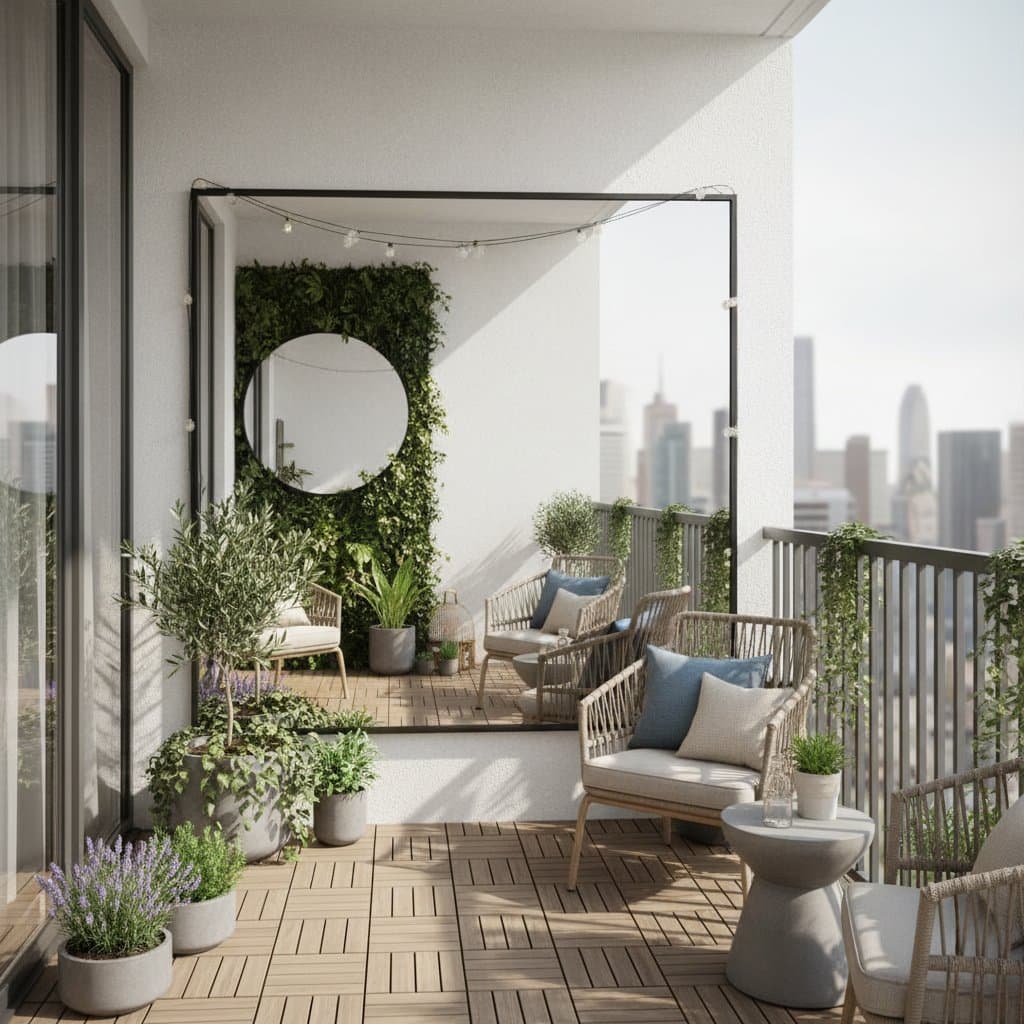Why Pergola Pods Turn Small Decks Into Real Rooms
Elevate a compact deck into a private, shaded haven using a pergola pod. This lightweight, modular addition provides comfort and versatility for urban living. Follow our guide to installation, customization, and care for an inviting space ideal for relaxation or entertaining.



















